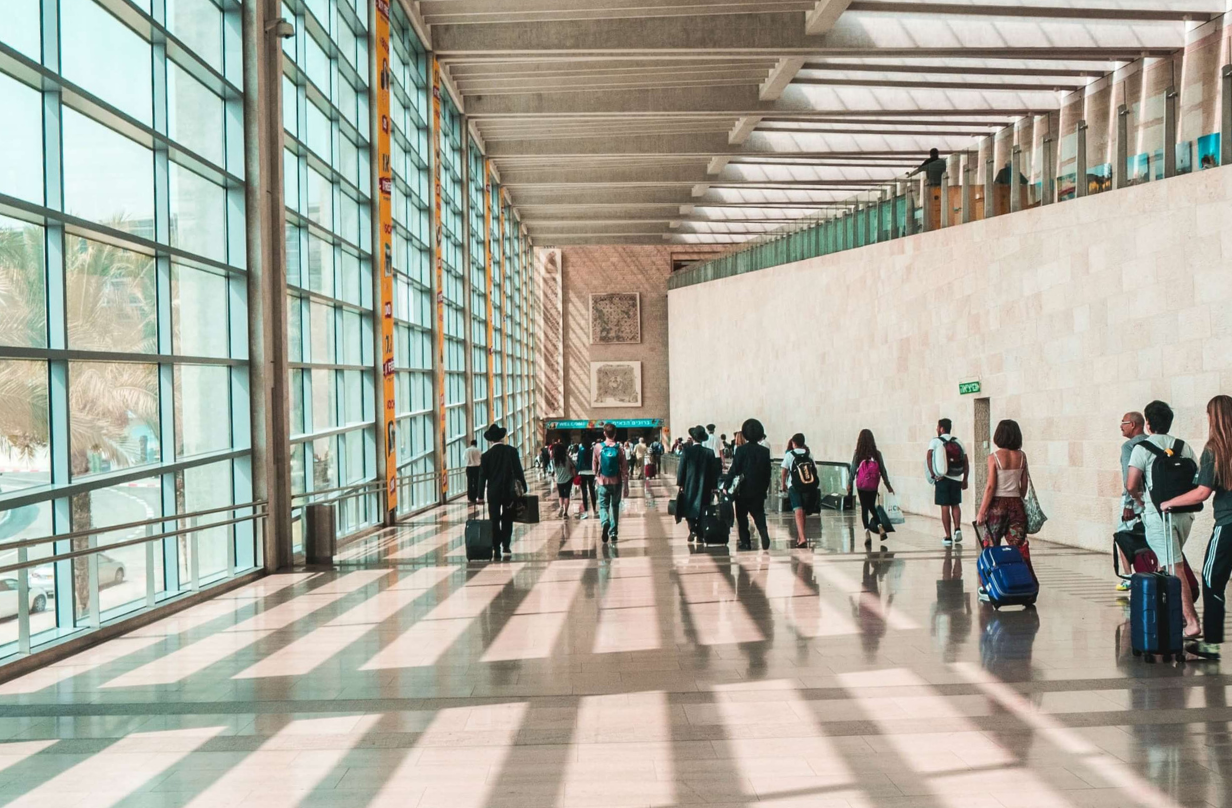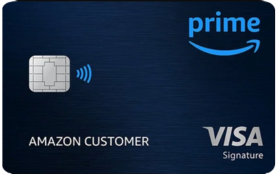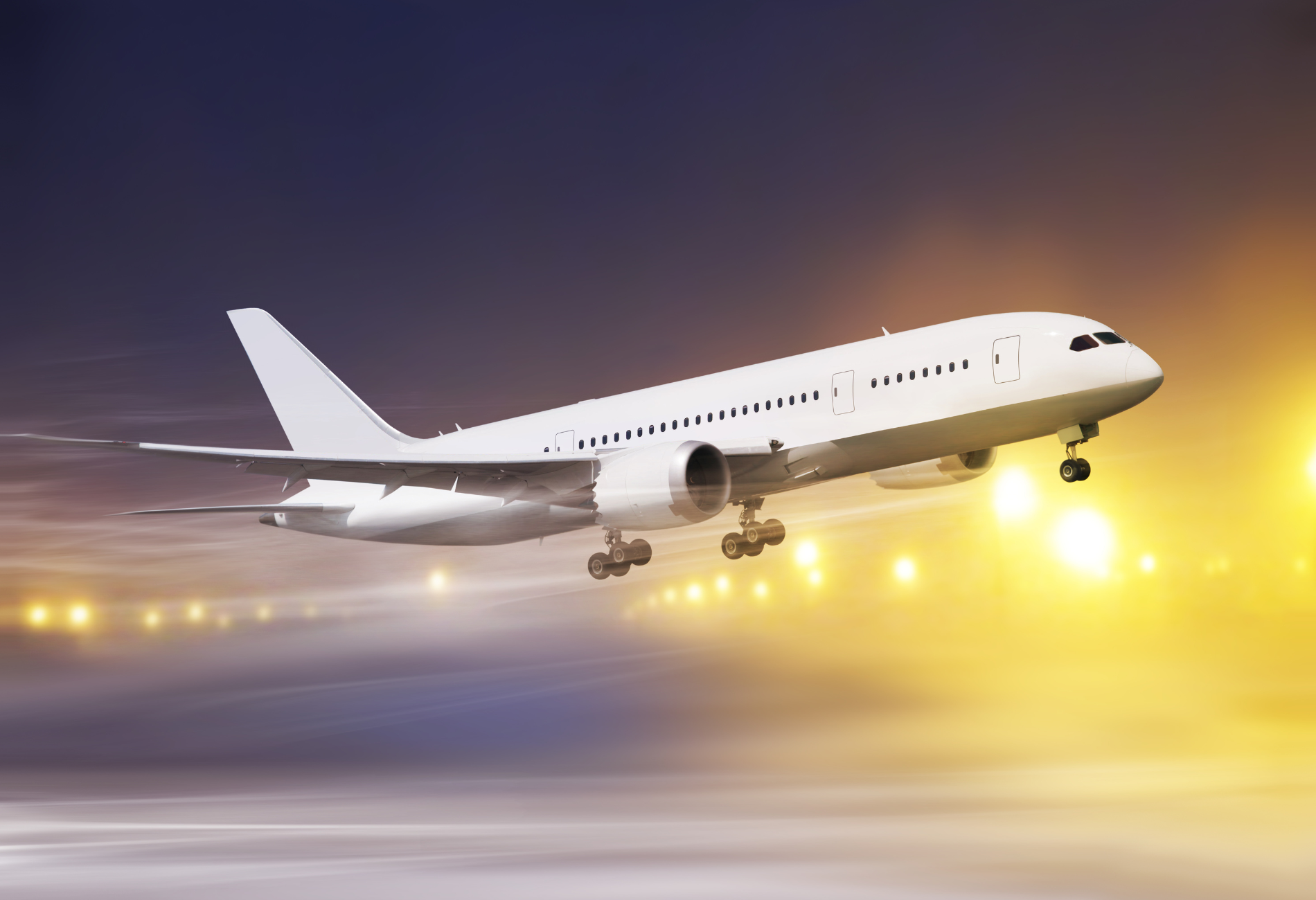Skiplagging is all the buzz on TikTok, empowering travelers to outsmart airlines and pocket extra cash on their adventures. While airlines have resorted to lawsuits against skiplaggers, this clever money-saving tactic to reach your destination is perfectly legal. However, you should proceed with caution.
What is skiplagging?
In a nutshell, skiplagging involves booking a flight with a connection but intentionally skipping the second leg of the journey to reach your desired connection city. Upon reaching your connecting destination, you simply choose not to board the second flight. By using this hack, travelers can save extra cash, with potential savings ranging from $50 to several hundred dollars, depending on where you’re headed.
If you’re looking to test out the hack yourself, Skiplagged, an online booking service that specializes in uncovering “hidden-city” flights, reveals skiplag options that may not be easily found independently. You can also DIY skiplagging using platforms like Google Flights or CheapAir.com, but it takes more time to find cheaper routes. Keep in mind that roundtrip bookings are usually not possible, and consider airline policies on missed legs.
What airlines are against it?
In 2021, American Airlines warned employees about cracking down on skiplagging. In 2014, United Airlines sued Skiplagged CEO Aktarer Zaman for $75,000, but Zaman and Skiplagged won. Now, more airlines prohibit skiplagging in their terms and contracts, with potential bans for rule-breakers. So skiplag at your own risk!









 by your friends at The Daily Navigator
by your friends at The Daily Navigator



